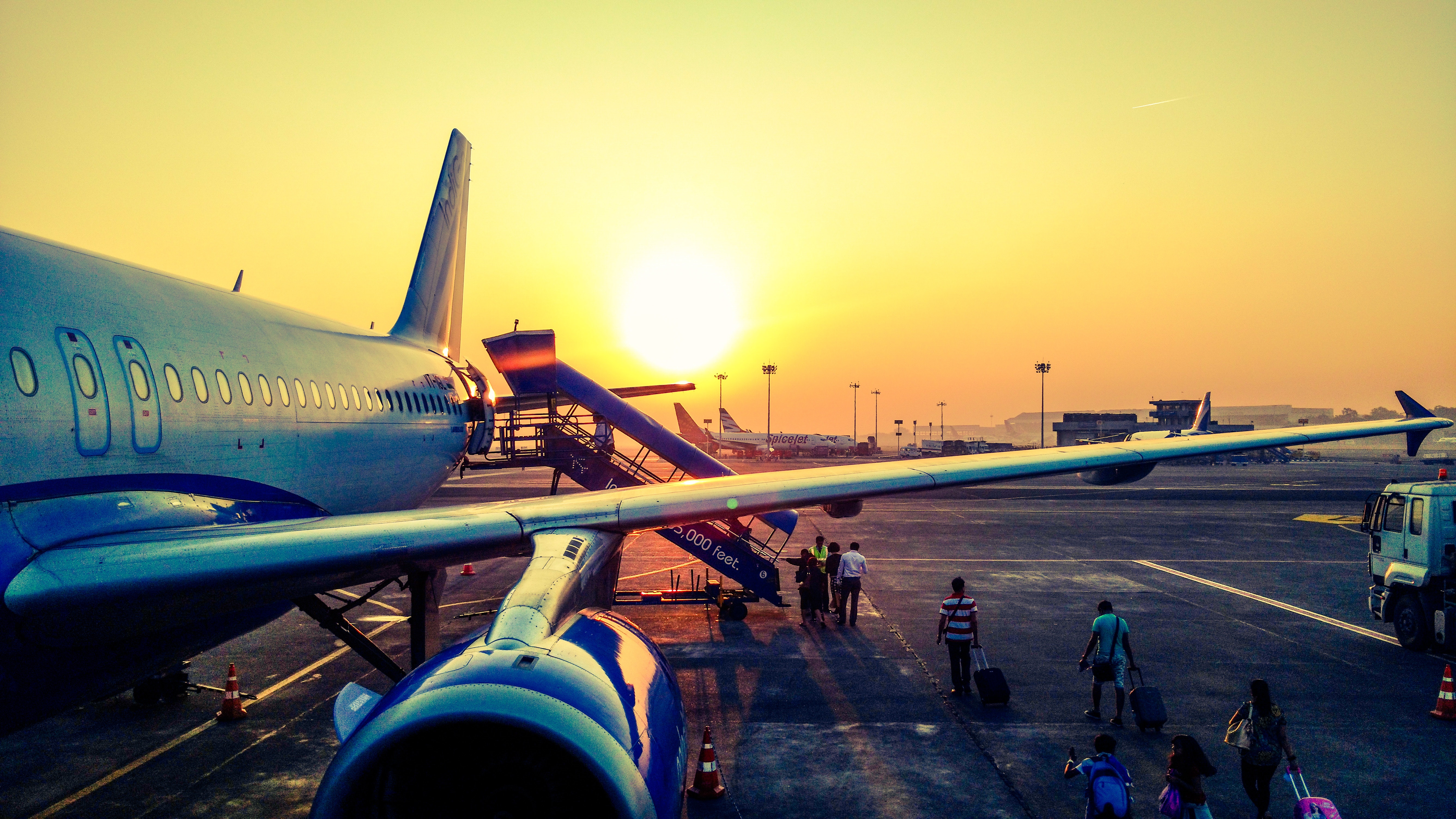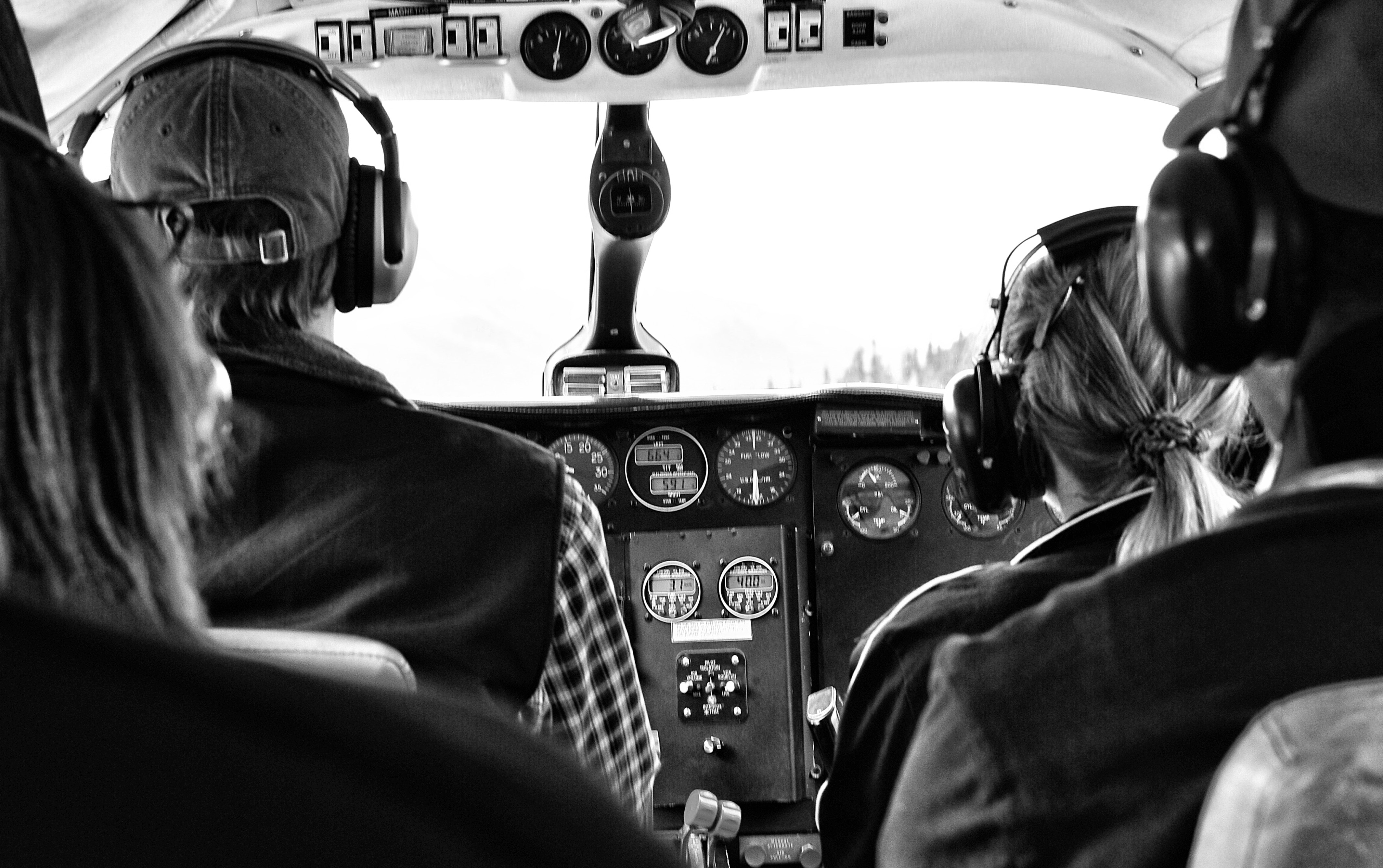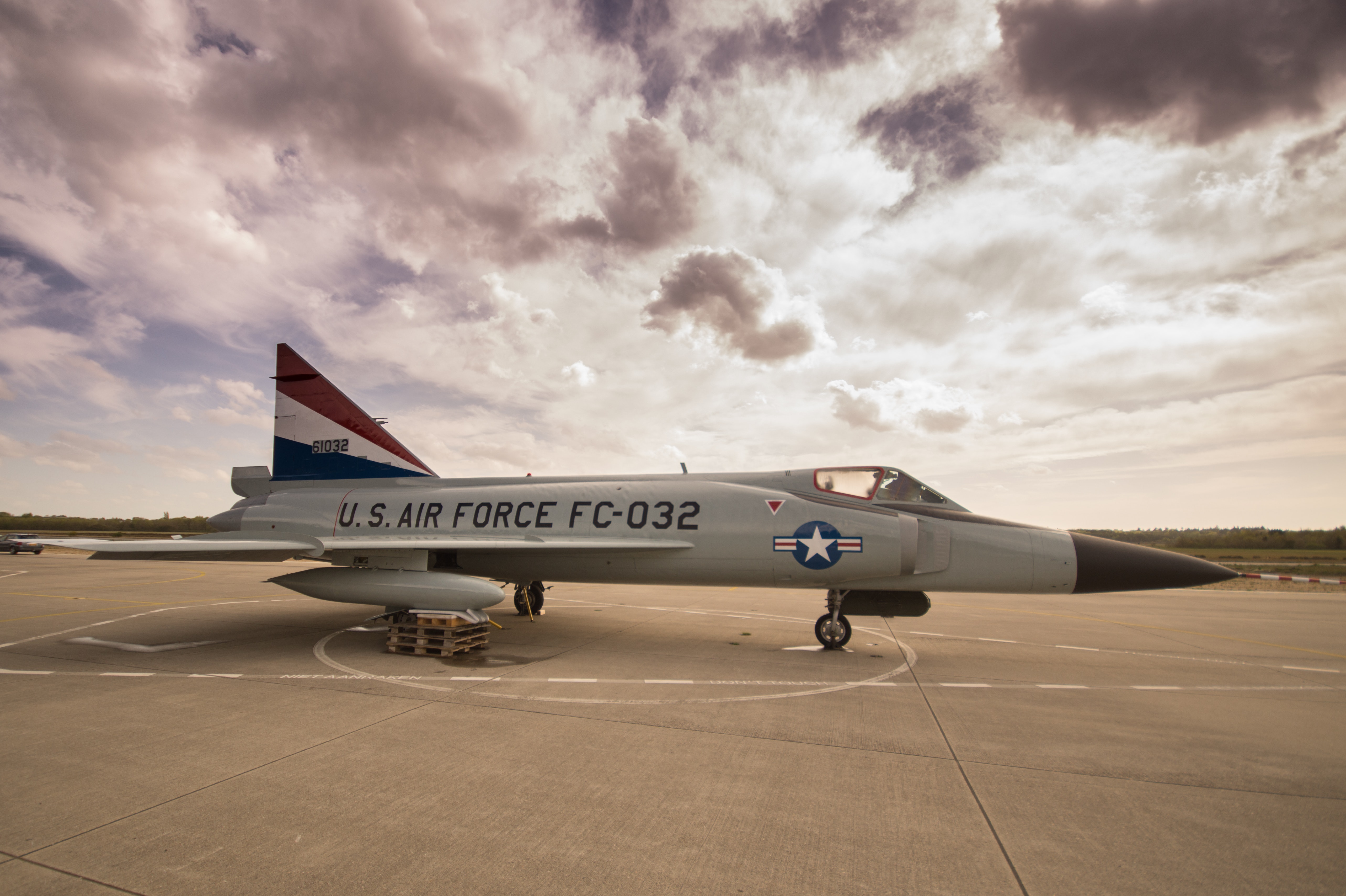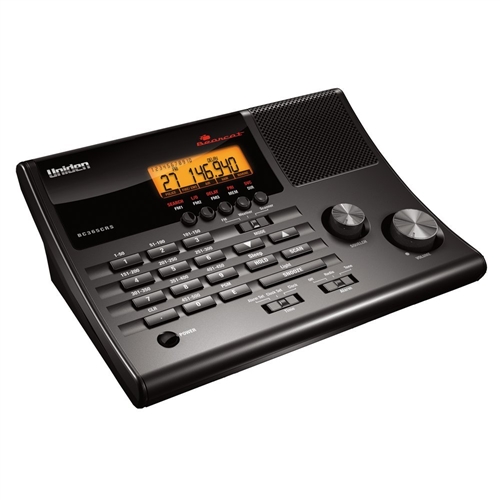When you buy a scanner, especially if you have us do your programming, you may hear many different types of police agencies. There are the commonly known departments like city police departments and County sheriff’s offices as well as Highway Patrols. There are also many other federal, state, county and local police agencies.
Police agencies’ jurisdictions vary, based on the type of agency, the location they are in and the type of situation. Usually a state agency has jurisdiction anywhere in the state but usually does not enforce local ordinances inside of cities. A County officer similarly has jurisdiction throughout the entire county but again may not have the ability (absent a contract to do so) to enforce city ordinances. Local police usually are restricted to working within their own borders. County and Local police also have the ability to pursue outside their jurisdiction and usually to make arrests for serious violations outside the community. These laws vary from state to state and some agencies are contracted to provide services in other jurisdictions. For instance a small town might contract with the county or state or even a neighboring town to provide primary police protection, that other agency’s police can then enforce the ordinances for each town.
Federal agencies include the FBI, US Marshall, or DEA. There are many federal law enforcement agencies that are tasked with different responsibilities. Some are responsible for building and campus security at federal facilities and bases. The most well-known include the Customs & Border Patrol (CBP) that protect the nation’s borders, the Federal Bureau of Investigation (FBI) and Drug Enforcement Administration (DEA), both responsible for specific law enforcement actions. There are Military Police agencies at most major bases around the world. The Navy also has police and security aboard large vessels like aircraft carriers as well as bases around the country. Most federal law enforcement agencies use encrypted radios for communications, but sometimes non-scrambled radios are used.
Once agency we should mention is not a law enforcement agency at all. Every flyer’s favorite agency, the Transportation Security Agency (TSA) is not a law enforcement agency. TSA officers do not have arrest powers, they refer actual enforcement actions to the local police authority for the airport in question. If an illegal item such as a weapon or drugs, are found the arrest is made by the local or airport police, not the TSA. They do have the authority to deny one access to the transportation they protect. While most associated with airport entry protection they also appear at rail and bus stations occasionally, usually along with local or federal law enforcement agents.
At the next level is the many state law enforcement agencies include the State Highway Patrol, State Police or State Patrol agencies. Like the famous California Highway Patrol of “CHiPS” TV show fame, many states have Highway Patrols. Some states have “State Police” (common in the Midwest and East). Some are called the “State Patrol”, like those in Wisconsin and Minnesota.
State police officers are often called Troopers and often have a more military rank structure with Major’s and Colonels instead of Chief’s at the top end. Most state agencies primary responsibilities include highway patrol, usually on the state’s Interstate and other major highways. Other agencies fulfill support roles for county and local agencies like crime scene processing or manpower for major events. Most of the time State Police agencies do not fulfill local police patrol responsibilities off the highway like city and county police do. Occasionally State Police agencies will do local patrol for communities that cannot support their own police. For example, for years the Illinois State Police patrolled the city of East St. Louis due to the extreme financial distress the city was in at the time. In Massachusetts and Connecticut they often do not have county police agencies so the State Police step in to assist local agencies that elsewhere would be done by the Sheriff’s Police.
There are also other state law enforcement agencies on and off the highways. Some states have a separate police agency for trucking regulation, DMV enforcement, Fish & Wildlife, and other specialized responsibilities. There are also state facility police agencies, like the California State Police (separate from the Highway Patrol) that patrolled the state capitol complex.
All states have Counties, although Louisiana calls them Parishes and Alaska calls them Boroughs. Most of these states have County (or Parish) Sheriff’s Offices (SO’s). Sheriff’s Offices are usually responsible for road patrol, court security and corrections. In smaller counties there are a single County Sheriff’s Office to handle these three tasks. There may be a small Sheriff’s office with the elected Sheriff and a couple deputies to deal with all this. Larger counties may have separate Patrol, Court and Corrections departments. Some counties also have other law enforcement agencies for specialized purposes such as Conservation, County Hospital or Forest Preserve districts among others.
In small counties the Sheriff’s Office might be the only law enforcement agency in the county, there may be no cities in the county or those that exist may not have their own police departments. If an incorporated community has no police department then the Sheriff usually handles law enforcement for the town. Some towns contract with the Sheriff to be their police, often with dedicated officers and vehicles. In some states some or all of the counties have little if any authority. In Delaware and parts of Massachusetts the Counties are pretty much just lines on a map and they do not provide police patrol.
The Sheriff or other county based agencies may also be responsible for other duties such as tax collection, Justice of the Peace, and other administrative services depending on the state and local rules.
Cities, Towns, Villages, Townships (in some states), Boroughs and other municipalities usually have a police department or contract with a neighboring community, State Police or the Sheriff for law enforcement. As a basic service of the municipal government, local police are usually the first response to most emergency situations in the town. They are also responsible for many routine and non-routine services that vary widely from town to town. Local police respond to 9-1-1 calls, document and investigate property and personal crimes, traffic crashes and many other incidents.
There are often specialized police departments for parks, colleges and other schools, public hospitals, and many other taxing districts. Some places even have police departments run by sanitary districts or other large government land owners. In some states in the Northeast there are groups called “Fire Police” which have no actual police power but provide traffic and crowd control at fires and other events.
Local, state and county police departments often participate in Mutual Aid agreements. These allow them to assist each other for emergency and routing incidents and cooperate on incidents that spread over multiple jurisdictions.
OK, so since this is a blog about scanners, what does all this blather mean to me and my scanner? Well, all of these agencies use radios to communicate. If they work together then they need to talk to each other. This is done a couple different ways. The first is by one agency having the other agency’s channels available to them. They could have them added to their own radios or carry a separate radio for that purpose. For example, Mayberry PD might have Mt. Pilot’s channels in their radios.
Another way is to use designated Mutual Aid channels. Most states have some sort of channels made available for police departments to communicate with each other, Illinois has ISPERN and other discrete channels for this purpose. Sometimes this is on a large regional or statewide trunking system like MARCS in Ohio or Palmetto in South Carolina.
Less convenient is the relaying of communications by dispatchers. Mayberry Deputy Fife would call his dispatcher who would call the dispatcher for Mt. Pilot who would then contact the Mt. Pilot officer and relay what Deputy Fife said.
The many large statewide trunked radio systems, like those in Colorado, Minnesota, Illinois, Indiana, Ohio, North Carolina and South Carolina include many shared statewide and regional mutual aid channels to allow multiple agencies to communicate with each other. This allows the Highway Patrol to talk to a Sheriff’s office as well as local police etc.
Before large or regional trunked radio systems, when many states used Low Band (30 thru 50 MHz.) some states had a Statewide Sheriff’s Channel or some other statewide channel or channels that agencies could use to talk to each other. Illinois for example had 39.50, which was called the Statewide Sheriff’s Net. This was a common channel to almost all counties and many city police departments and they could talk to almost anyone else. The Illinois State Police had 42.50, which they used for all State Police Districts and all troopers had that channel. A special switch in the ISP cruisers’ radios allowed them to hear 39.50 and talk back on 42.50, the Sheriff would have the opposite arrangement. This allows each agency to talk on the channel they were licensed for (and that the radio was tuned to) but still communicate with each other. Other states had similar systems. Nebraska had a set of statewide channels for Police, Fire and EMS on 39 MHz.
Eventually Low Band was replaced by “High Band”, usually about 150 thru 160 MHz. and many states replaced the old channels with new VHF channels common to many agencies. Indiana, for example had the old “Plan A” channel of 155.130 (Base) and 154.890 (Mobile) that was a common dispatch channel for many agencies statewide. In addition separate channels were used for police emergencies like 155.475 (the nationwide Police emergency channel) that Indiana called ILEEN and 155.370, which most Midwest states used as “Point to Point”.
Another example was in Illinois, not only do they have a statewide police channel called ISPERN (on the same 155.475 channel as next-door Indiana) but a statewide Fire channel, EMS network, EMA channel and even a channel called IREACH that can be used by any governmental agency to talk to others.
There are some newer nationwide mutual aid channels for police, fire, EMS and mixed operations. Not often used, they are available and detailed in many area’s plans but it is rare to hear them used for the intended purposes. Part of the problem is the clunky naming protocol and huge numbers of channels. V-Fire-31, 8TAC94, UTAC42D and their brethren all are listed in guides but rarely actually used.
Later on, as the large regional and statewide trunked radio systems started being built these systems include many regional and statewide mutual aid channels. Some systems have regional networks that allow any user to talk to any other user anywhere in the area, as well as statewide channels that work anywhere in the state. With the higher capacity of these systems more specific channel assignments can be made to tailor the operation.
Large trunked radio systems do have some drawbacks. They can be complicated to work for many users, and with the bewildering array of channels available that could confuse people to where they may not know what channel to use or how to find it. Like the wide variety of mutual aid channels on VHF, UHF and 800 in the more recent past, the overwhelming choice of channels and confusion about how to access them make it more likely for users to revert to having the dispatcher call the other agency on the phone.
You can dedicate a large chunk of your scanner’s memory to interoperability (big word meaning Mutual Aid) channels and not hear much, if anything for months until one day it starts hopping with a big incident. Check Radioreference.com for the Mutual Aid channels used in your area.





